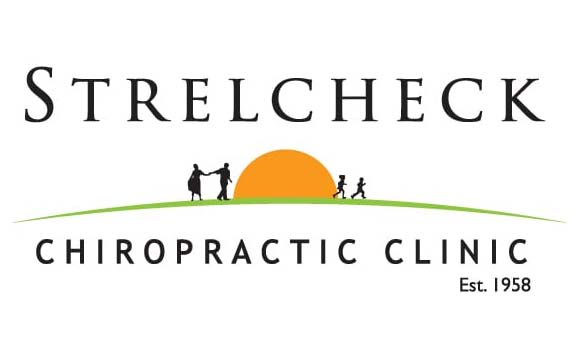
According to the Palmer Chiropractic College, regular chiropractic adjustments may prevent heart attacks, lower blood pressure, reduce heart rate, relieve chest pain and support the cardiovascular system. These claims have steadily gained the attention of traditional medicine, triggering studies by many well-known research hospitals. One such study took place in 2007 at the University of Chicago hypertension center. The study examined a specialized chiropractic adjustment to the upper cervical section known as the Atlas or C-1, reported to significantly lower high blood pressure. The theory behind the realignment is that the C-1 vertebra functions like a ‘circuit breaker’ in the body. When it’s misaligned, it can pinch arteries and nerves at the neck’s base, affecting blood flow and impairing nerve function.
Eight weeks after undergoing the procedures, 25 patients with high blood pressure had significantly lower blood pressure than 25 similar patients who underwent a mock chiropractic adjustment. Because patients can’t feel the technique, they were unable to tell which group they were in.
“This procedure has the effect of not one, but two blood-pressure medications given in combination,” study leader George Bakris, MD. “And it seems to be adverse-event free. We saw no side effects and no problems,” adds Bakris, director of the University of Chicago hypertension center.
Results of this study provide evidence that chiropractic treatment offers support to the cardiovascular system.
Another study conducted by the Department of Preventive Medicine at Rush University in 2007, determined that the realignment of the atlas segment of the spine vertebrae, could help to lower systolic blood pressure in people suffering from hypertension. Systolic blood pressure is the topmost number in a blood pressure reading.
Exercise and Diet
Taking care of your heart naturally is nothing new. Diet and exercise guidelines that are proven to support a healthy heart include:
Eat more vegetables and fruits. The American Heart Association recommends eating eight or more fruit and vegetable servings every day. An average adult consuming 2,000 calories daily should aim for 4.5 cups of fruits and vegetables a day. Also, variety matters, so try a wide range of fruits and veggies.
Incorporate more whole grains. Whole grains are great sources of fiber and other nutrients that play a role in regulating blood pressure and heart health.
Choose low-fat protein sources Lean meat, poultry and fish, low-fat dairy products, and egg whites or egg substitutes are some of your best sources of protein.
Reduce the sodium in your food Eating a lot of sodium can contribute to high blood pressure, a risk factor for cardiovascular disease.
Limit saturated and trans fats to reduce your blood cholesterol and lower your risk of coronary artery disease.
Incorporate 30 minutes of aerobic exercise a day. Climbing the stairs, a brisk walk or treadmill, anything to get your heart rate up. Whether it is a structured exercise program or just part of your daily routine, all physical activity adds up.
Join Strelcheck Chiropractic Clinic and The American Heart Association on Saturday, August 24, 2013 at 10 North Virginia Street, Crystal Lake, Illinois 60014 for Chiropractic Care from the Heart. From 1-3pm Dr. Daniel Strelcheck and Dr. Pete Norton will conduct complimentary blood pressure checks and address health care questions. Guests are invited to enjoy complimentary chair massage, food, beverage and prizes at this heart healthy free event. Open to the public.




